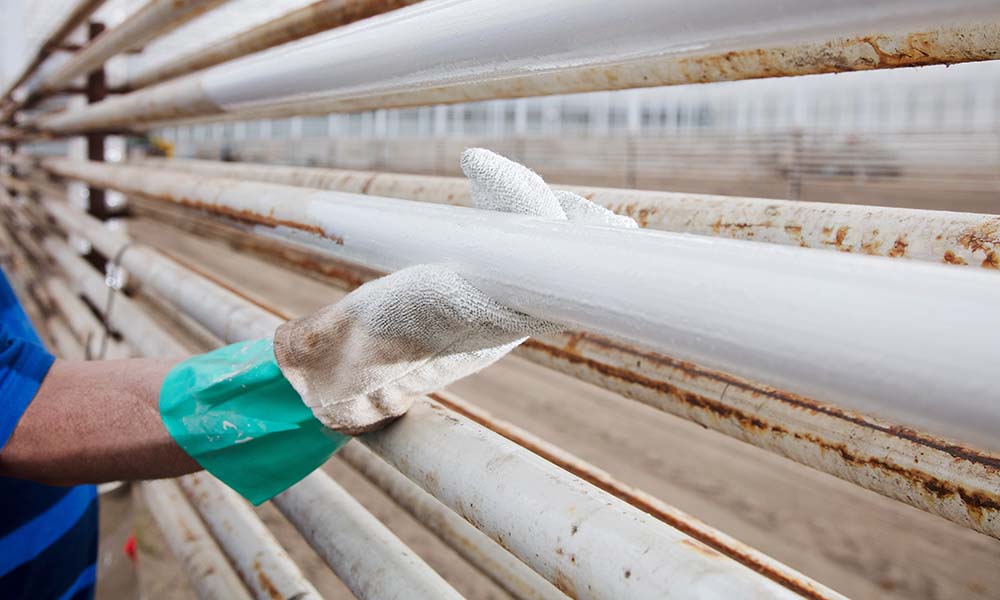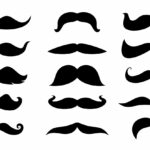Painting and revision: they have more in common than you think – Daniil D.
What does painting something for your grandparents have to do with the bigger picture in life?
Last summer I went home for the break. And during the weeks off, my family found ourselves back in Kazakhstan, since our grandparents live there and we’ve not seen them since 2019, when the pandemic hit.
While there, we helped out a lot with my father’s parents’ house. They are quite old and cannot take care of everything themselves, so me and my brother were drawn into physical chores, ranging from changing shower heads, to collecting pears and apples off the treas. While there, we were asked to take care of the “summer house”, which is basically a small building with a kitchen, shower, living room and some storage. It has a number of pipes running within, and I took on the task of painting them. They were old and the paint started to wear off.
I began by using a rug to get rid of dust and dirt first, and then by going over all of them with white paint; layer by layer. It was a tedious and mundane task – you go over one bit with a thin layer and move onto another area, since thick layers would drip. And then I realized how this can be applied to our student life.
In studying, much like in painting something, you need to find the bits that are worst attended, while also having a bigger picture in mind. Cleaning all the pipes could be compared with looking through all your class notes to see what you can and can’t recall. Then when all the pipes are clear, you need to see which places need lots of paint (revision), and which don’t need as much. Finally, you should begin the painting (revision).
First, you must provide a base layer to work from. Then a layer is added and you move onto another area. This could be the same as revising a topic and moving onto another. After you’re done with them, go back to apply another layer (another revision session). Rinse and repeat with 5,10,20 “layers” and you have a very clean-looking house with newly painted pipes.
Whilst it is something very different to studying, I believe this is a great analogy for something called “active recall”. Most teachers would agree, that one of the best ways to learn something is by taking your time revising it and revisiting that topic regularly. A 2-hour long revision session (a big layer of paint), while useful, will leave you feeling exhausted. There will be a lot of information that you will forget, due to the sheer amount of load you put on your brain, much like the paint will drip or it leaves an uneven surface: not pleasant to look at. However, revision of the same topics spread over days and/or weeks will do significantly more for your ability to remember them long-term, same as painting small layers and coming back to them when they are dry.
But why did I exactly choose such a strange way to think about revision? Well, I’ve noticed that for most people it may be difficult to see benefits in different techniques of revision, and using a real-life analogy that is easy to understand could open eyes for most. And this is exactly why we don’t teach year 7’s about W bosons – they are abstract. A not fully developed mind (minds finish developing only at 25) is not very capable of imagining abstract ideas, as it cannot be related to real life and you have to imagine it.
Hence, think about revision as small layers of paint you have to put on over a period of time. Yes, it will be harder, yes it takes time. On the other hand, what is the point of other techniques, if their result is worse in the end?















Post Comment
You must be logged in to post a comment.